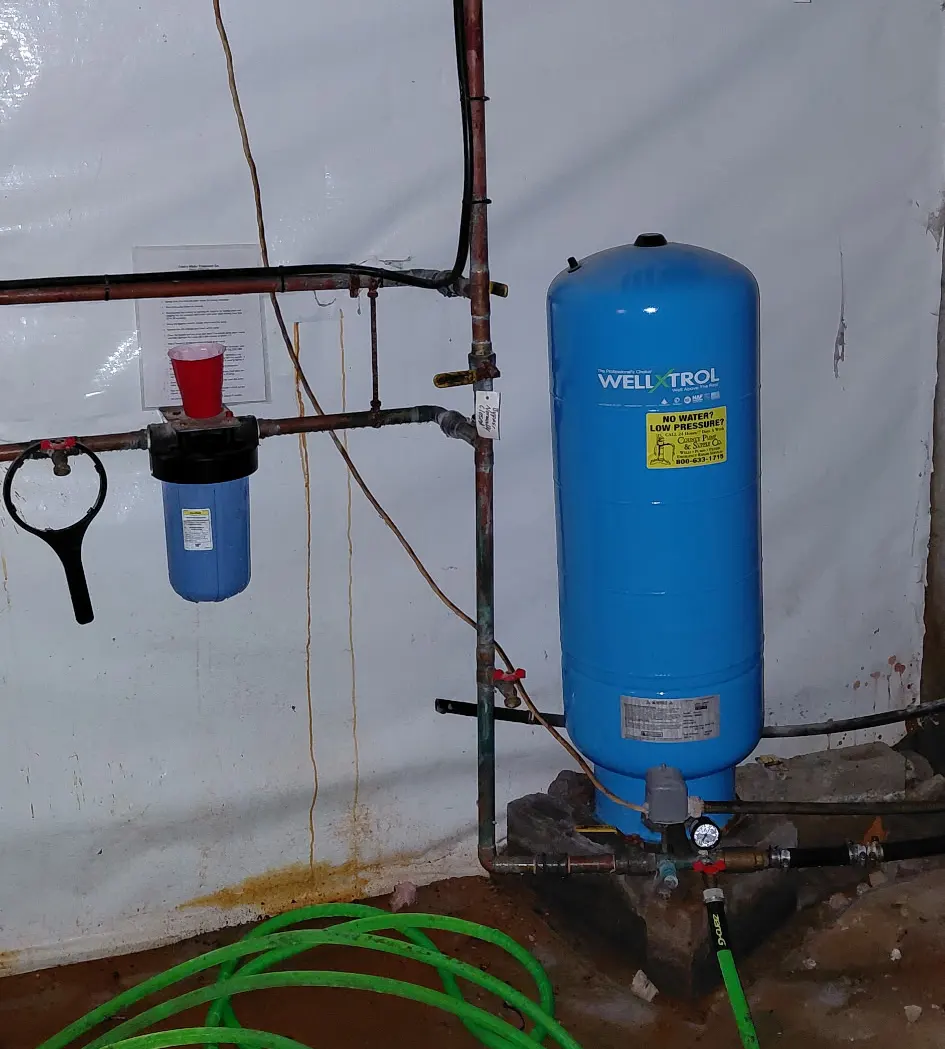
In this episode, Adam explains the difference between basement waterproofing and water redirecting. Yes, there is a difference as one is treating the symptom and the other is the cure.
Narrator: It's time once again for the Crack Man podcast hosted by A1 Foundation crack repair. I'm Darren Kincaid and I'm here with the Crack Daddy himself, Adam Tracy. Adam has 20 years of experience in the construction industry and as a Civil Engineer is A1 Foundation's resident engineer on staff solving a plethora of unique foundation problems every day. This podcast provides expert basement waterproofing, concrete repair and preventative maintenance tips for homeowners and businesses. A1 Foundation's valuable insight will help avert the disaster of a flooded basement, health problems that are water infiltration, and protect your biggest investment, your home. The topic of today's podcast: What is the difference between basement waterproofing and water redirecting?
Narrator: So Adam, you run into a lot of workarounds in your profession. The image you sent me today is quite intriguing. It looks like an interesting DIY project. What happened there?
Adam: Every day we get a question of, “Hey, I'd like to waterproof my basement, what do I do?” And we kind of jokingly say back to people that, well, waterproofing's such a broad category, it's like asking, “Hey, I'd like to play sports.” There are a lot of ways to achieve waterproofing, and it depends on multiple factors that we've talked about throughout this podcast series—types of foundations, types of issues, how the water comes in, your landscape, etc., and where you are geographically.
So it's really important to understand that waterproofing is a catch-all term for everybody, and everyone wants a waterproof basement, but not everyone understands what that means. A lot of times when we talk about waterproofing, we get questions about drain systems, whether it's an interior drain or an exterior drain. And I think it's very important to point out that an interior French drain system isn't necessarily waterproofing.
Yeah, you might not see water in the actual basement area, but that doesn't mean that the water is being forced around the house and outside of the house. A good example: we had a property in Tewksbury, Massachusetts. About 12 to 15 years ago, the gentleman put in an interior French drain system. They were getting water in, and they said, “Ah, we're going to go with this $25,000–$30,000 solution and waterproof the basement.”
They kind of left it as an unfinished space, but they didn’t have water issues anymore. The contractor put in the drain pipes going around the perimeter, and on one particular wall where there were multiple pipe penetrations as well as multiple cracks, they put up a sheet of plastic against the wall. It was glued to the wall so that any water coming through would hit the plastic, roll down, and go into the drain system.
The customer said, “Oh, well, my basement's now waterproofed. I'm no longer getting water inside my basement.” And I said, “Well, you're kind of correct because you aren’t getting it into the space in the middle, but it's definitely not waterproof. You are now just water redirecting.”
It’s still coming through the foundation. It's still causing all the damage to the foundation. It's just being redirected to the pipe system, which then goes to a pump.
He was actually having issues where water was coming through in different spots underneath the plastic. I told him, “You really have no idea what the wall looks like there, since you put this up 15 years ago.” We opened up the wall and found a ton of damage.
Fifteen years of freeze-thaw cycle damage, allowing water to come through and creating an ultra-humid environment where the water never really evaporates, had significantly deteriorated the concrete. It widened the cracks—from 1/8 of an inch (which would have been simple to fix early) to well over half an inch. The concrete around the foundation was deteriorating and crumbling, and now it was a much more significant problem.
So when you're looking at drain systems and waterproofing in general, it's really important to understand that drain systems are redirecting the water. If you have a water issue, typically it's under the slab. Water pressure is accumulating, and the system is trying to get that pressure out to a different area.
When people put in drain systems and plastic over cracks to force the water into the drain, you may not see water in the space, but damage is still coming through the foundation. The best course of action, even if you do have a drain system, is still to repair the foundation flaws because they will get exposed due to water.
This is just a really common issue we see, and it's a reminder that water redirecting and waterproofing are two different things. Sometimes when we “waterproof” a foundation, we’re really just redirecting water, and if that’s left for a long enough period, it can cause significant issues—unfortunately, like in this gentleman's case.
Narrator: Well thanks, Adam, for explaining the difference between basement waterproofing and water redirecting.
Narrator: If you have a basement water problem and think you need a professional or if you'd like more information on foundation crack repair and basement waterproofing topics, please visit A1foundationcrackrepair.com or call Adam at (866) 929-3171, or you can email Adam at info@a1foundationcrackrepair.com. Thanks for listening and keep that basement dry.

